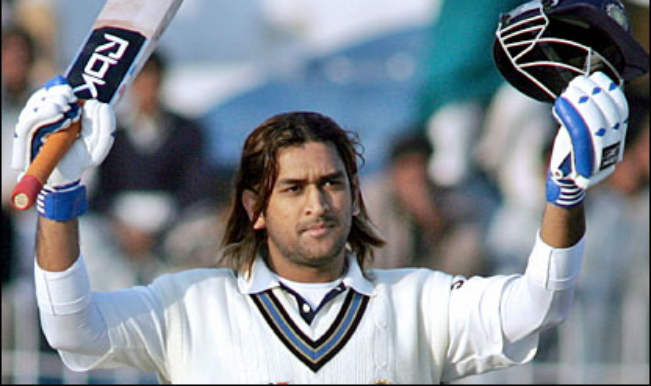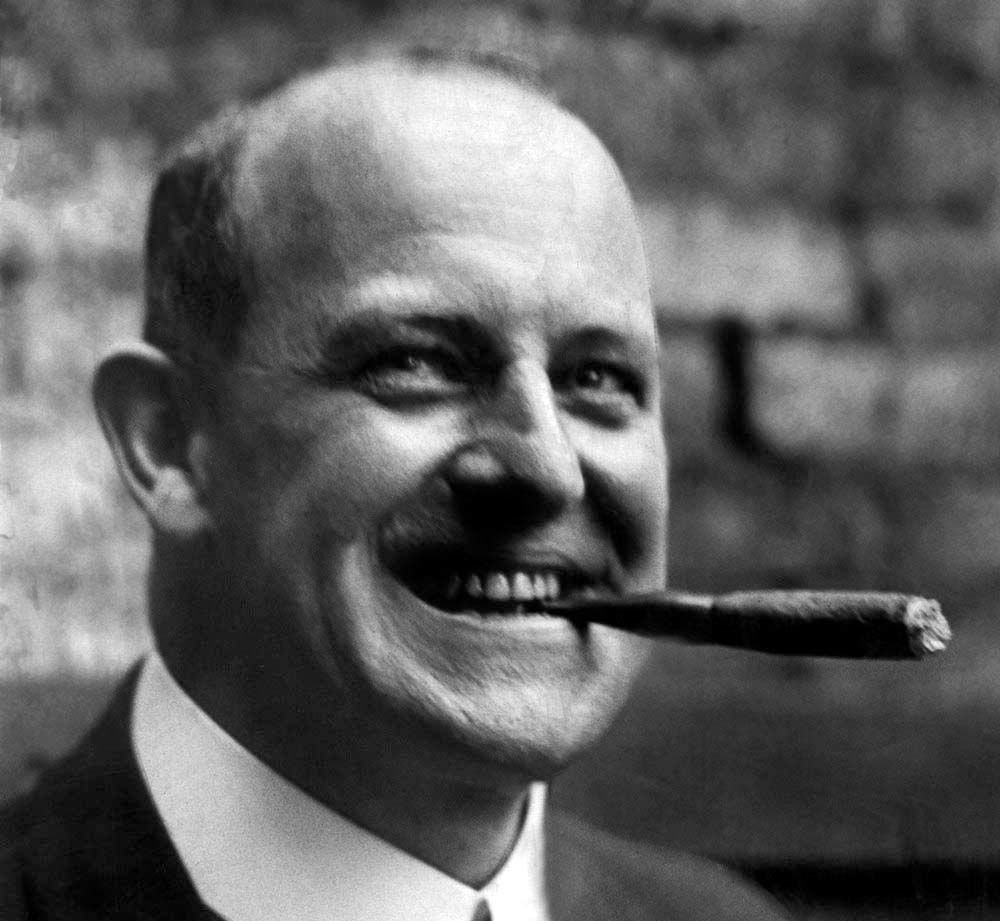
Unique personality of MS Dhoni
In 2004 the BCCI began a system by
which young talented cricketers around the country would be identified and short-listed.
The idea germinated from the fertile brain of Makarand Waingankar, a freelance
journalist from Mumbai. Makarand, very rightly, believed that young players
from the distant corners of the country were being neglected by the junior and
senior national selectors.
Former first-class cricketers were
appointed by the BCCI to watch every representative match and to inform the
Board of potential talents. PC Poddar and I travelled to Jamshedpur to watch
the players in action in the one-day senior inter-state championship in January
2004.
After watching our respective
allotted matches at the end of the first day, PC Poddar and I were exchanging
notes when he confided, “Raju, today I saw a young man hitting the ball with
awesome power. Never before have I seen anybody hitting a ball so hard.
Tomorrow have a good look at the Bihar opener with long hair.” Coming from a
man of Poddar’s deep knowledge and wide experience, I was very curious to see
the player.
Next morning, as I alighted near the Keenan Stadium pavilion gate, I
saw a long-haired, strong lad in his mid-20s wearing a tight tee-shirt and
denims park his motor cycle. Instantly two dogs came towards him and he brought
out some biscuits from his pocket to feed them. The young man’s affection for
the road-side canines bowled me over completely.
I asked the Bihar coach, if he was
the opener who hit the ball very hard. He replied, “In my Bihar team everybody
hits the ball hard. But this boy from Ranchi is an exceptionally hard hitter.
He is playing first-class cricket for about 4 years. No one has ever taken any
notice of him yet. Why are you so keen to know about him?” By the end of the
day, when he had scored just about 40 runs, I realized that I had seen an uncut
diamond.
That January 2004 evening both Poddar
and I sent our report to the chief Talent Resource Development Officer (TRDO),
Dilip Vengsarkar, specifically mentioning the immense power of the young man’s
strokes. I wrote, “…his exceptional power and positive approach can demolish
any bowling attack. He should be looked at without delay.” As it transpired,
BCCI took serious note of the report and the career graph of a young talent
from a neglected part of India took an upward curve within a few months.
Author Gulu Ezekiel wrote of the
incident in his book Captain Cool in
2008. Later Makarand Waingankar mentioned the significant event in various
articles in The Hindu to highlight
the success of the talent-scouting system of BCCI. Other sports in India would
do well to follow a similar scheme to unearth talents from the obscure corners
of the country.
Dhoni’s career graph is a unique case
in Indian cricket. Hailing from a family of very modest financial background,
he had little option but to accept whatever job came his way. The Indian
Railways gave him a job based at Kharagpur in Bengal but, true to tradition,
decided that a man from the eastern region would not be good enough for the
all-India Railways cricket team!
The Railways recruited him for his
cricket ability, yet it appeared they had no faith in their own choice! The
Railway employee Dhoni never got a look in from the very people who were given
the responsibility to handle the Railway cricket team.
As disappointing were the selectors
of East Zone. Although he had already played for no less than 4 years for Bihar
in first-class cricket, not one selector – zonal or national – ever thought
that this man had any exceptional ability in him! Such were the former
cricketers who were entrusted with the job to select talent. Based at Kharagpur
in Bengal, he could have been selected for Bengal as well. But no selector from
Bengal from 1996 to 2003 ever thought of him.
The tough, talented youth had little
exposure to the ‘big names’ of Indian cricket when he was at Ranchi and
Jamshedpur. He picked up the finer points from various sources as he went along
without ever forgetting his first school coach, “Banerjee Sir” as Dhoni still
most respectfully addresses him. He kept his ears and eyes open in the India
dressing room to observe what Tendulkar and Dravid were doing to prepare
themselves for the battles ahead. Off the field, his cool and composed
personality was just the right ingredient required for a person craving to
learn the ways of the world.
Reams have been devoted to his
exceptional abilities. I shall not repeat those to bore my readers. But I would
like to relate that never before have we had a leader in India as exemplary as
the man from Ranchi. He led India to the inaugural T20 world cup trophy with
all the top names of Indian cricket missing! A young set of keen lads helped
the relaxed captain to bring off one victory after another. Before leading
India, did Dhoni ever lead a cricket team?
Honestly, I doubt it.
The magnificent man went on lead
India to the world ODI title. As if these crowns were not enough, Dhoni led
India to become the numero uno in the Test rankings. No other Indian captain
has been able to match these statistical highlights.
Despite such magnificent
achievements, the cool and composed man still remains as modest and accessible
as he was two decades back when he was making his debut in first-class cricket.
Far from stooping to gamesmanship, he was the epitome of the ‘spirit of
cricket’ concept. His classic calling back of Ian Bell in England will forever
remain a great lesson in sportsmanship.
Never took advantage of his position.
Never promoted players of his choice. He respected the selectors and allowed
them to do their job. Never got involved with any publicity stunts. Never
bothered to get into conflicts and controversies. Detested sledging and avoided
verbal duels. Never resorted to any one-upmanship.
His persona was and still is such
that people consider him to be the leader, whether he is formally leading the
team or not. A unique leader, if ever there was one.


